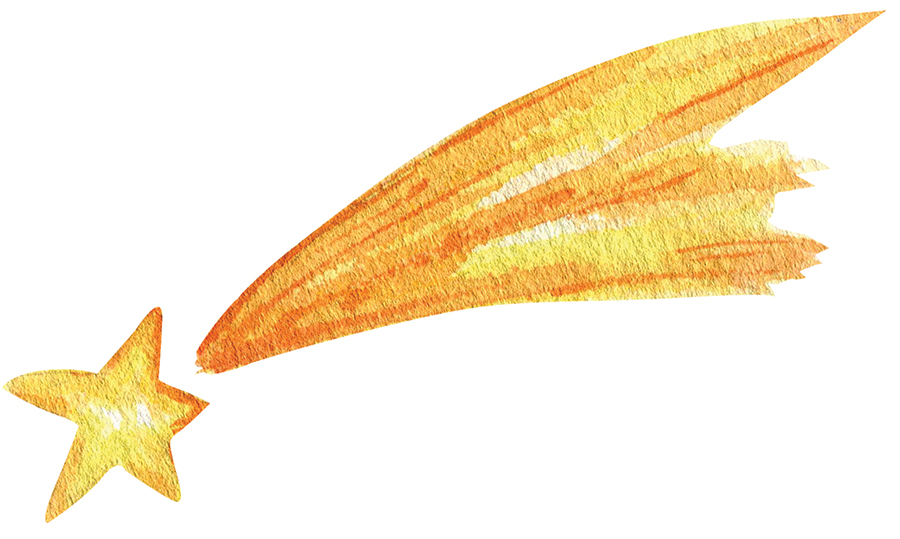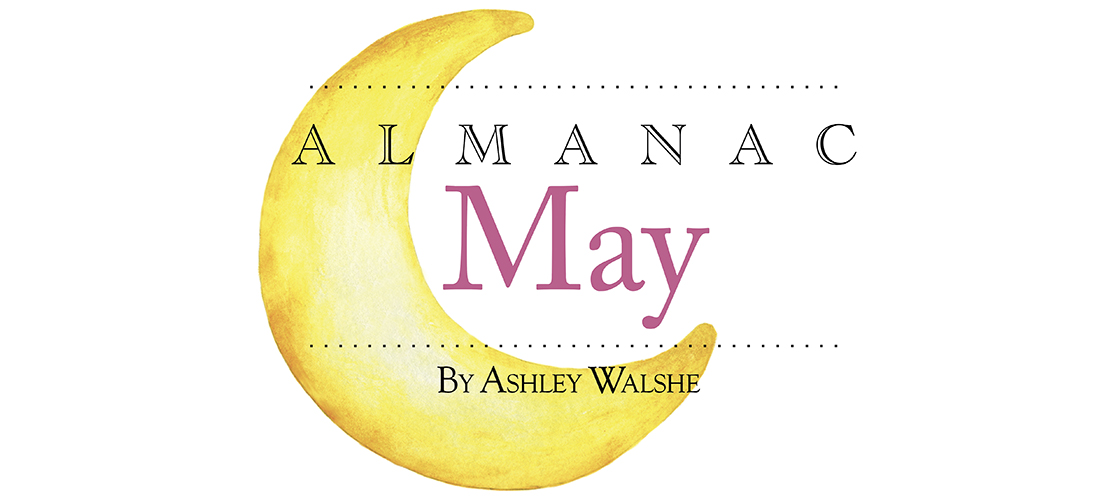
A flower blossoms for its own joy.
— Oscar Wilde
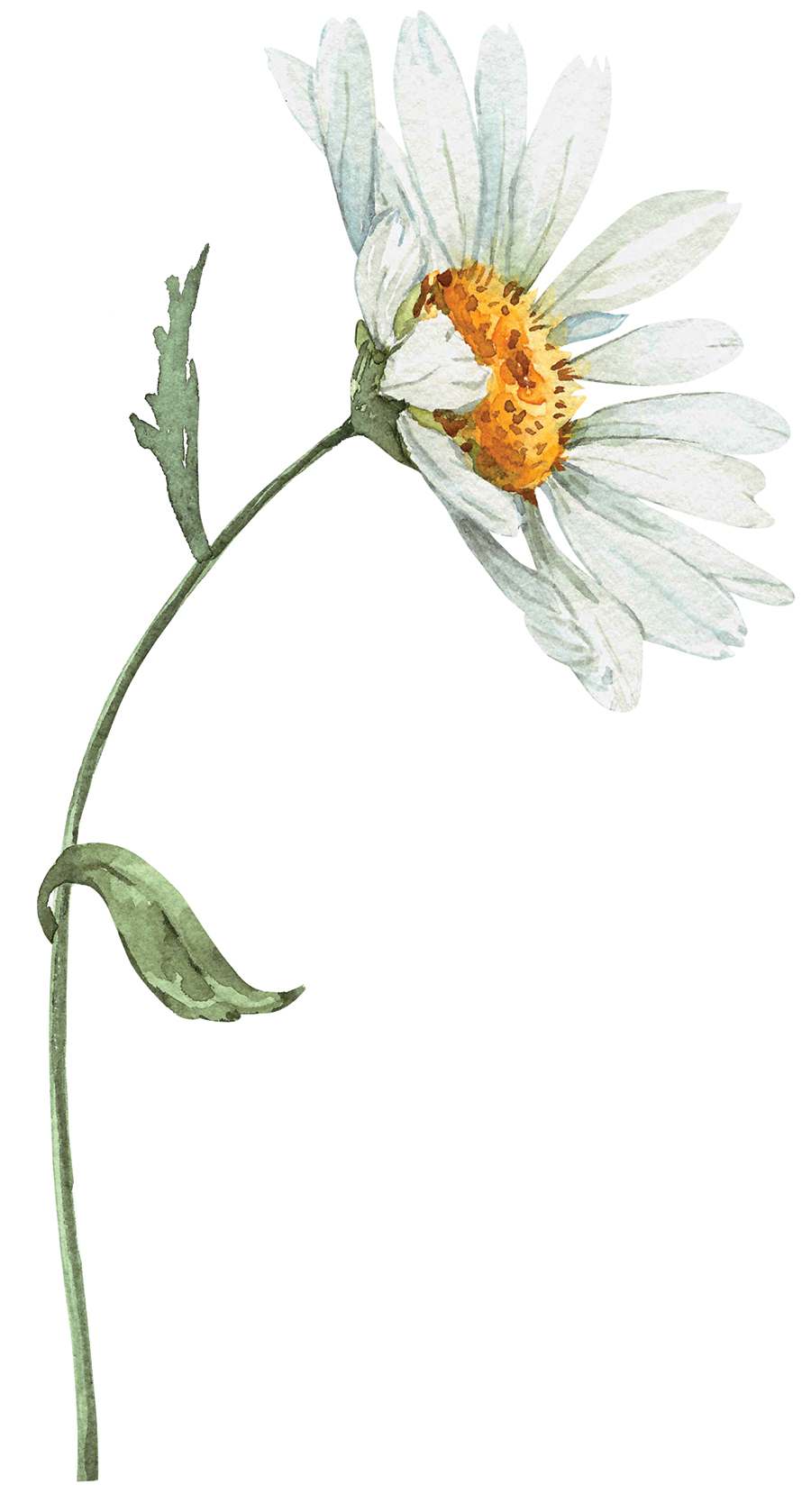
May is the daughter of dandelions, queen of the daisies, the giggling maiden of spring.
In a sunny meadow, where the soft grass glitters with morning dew, she is gathering wild violets, singing the blue into each petal.
One handful for candy.
Two handfuls for syrup.
A heaping third for tea.
She moves like water, stirring swallowtails and skippers as she drifts from flower to quivering flower. Constellations of buttercups manifest before her. A choir of bluebirds twitters in her wake.
Her gaze is tender. Her presence full. Everything she touches seems to blush.
The Southern magnolia offers its first fragrant blossom.
The tulip poplar blooms in boundless rapture.
An oxeye daisy sings out: She loves me. She loves me lots. She loves me. She loves me lots.
No flower is forsaken.
A sweep of dandelion brightens beneath her feet, yellow blossoms plump as field mice. There is nothing to do but bask in the playful light of spring.
As the maiden lowers herself onto the lush and golden earth, one hundred songbirds pipe her name. The mockingbird repeats it.
May is here! May is here!
All hail the giggling maiden of spring.
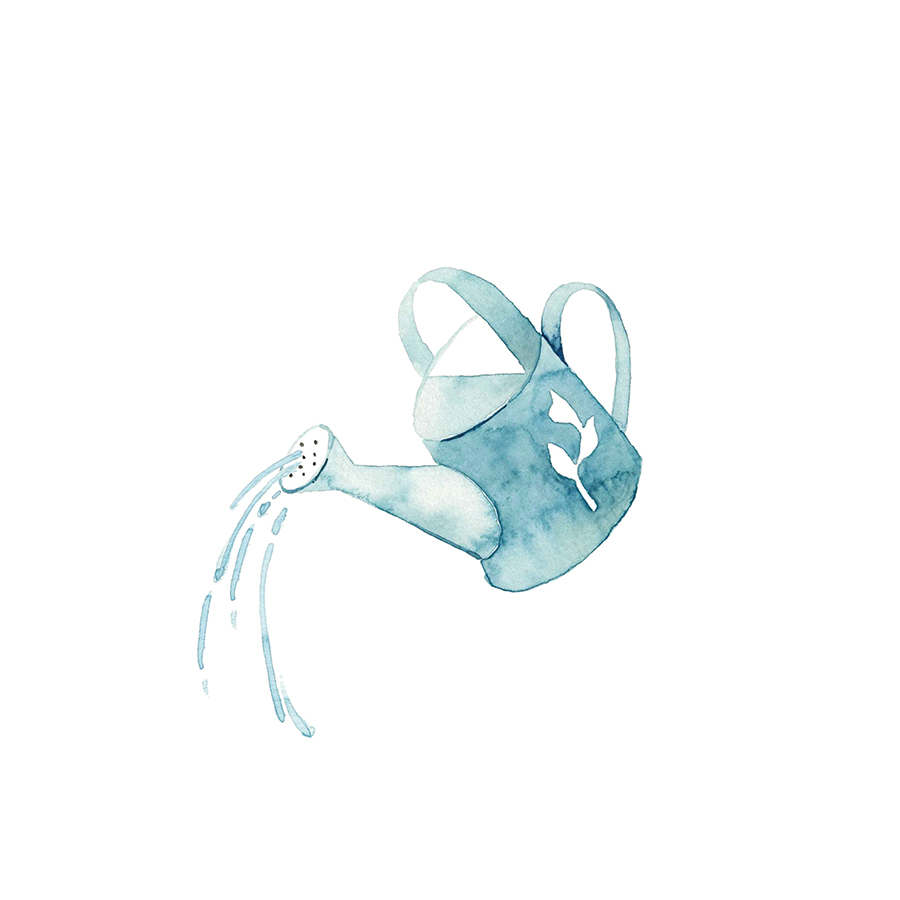
Flowers for Mama
Mother’s Day is celebrated on Sunday, May 8. Not that the garden would let you forget. (Read: Bring her flowers.)
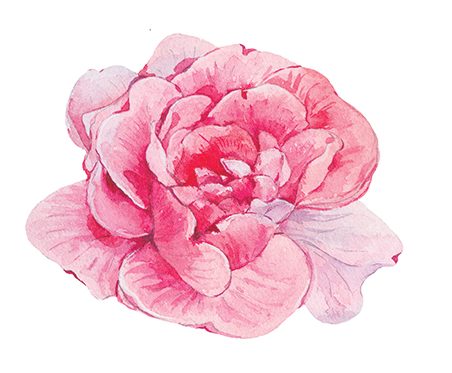
Sometimes simple is best. A sprig of dogwood. A vase of bearded iris. A single magnolia blossom.
Or get creative. Wildflower bouquets. Pressed flower notecards. Wild violet jelly.
If she’s the “roses only” type, you know what to do.
But if your mama’s busy scratching and clawing around in her own garden, perhaps you can glove up and join her.
Prune the hedges if she’ll let you.
Since May is the month to plant summer annuals, plant them together.
In July, when her prismatic zinnias are the crowning glory of the block, she’ll surely be a happy mama still.
The Night Sky
According to Smithsonian magazine, two of this year’s most “dazzling celestial events” happen this month: a meteor shower and a lunar eclipse.
If you haven’t yet downloaded an astronomy app, consider doing so before the Eta Aquariids peak on May 5. Why? So you can locate Aquarius, the faint yet richly fabled constellation on the Eastern horizon. If conditions are favorable, and you are, in fact, gazing toward that water-like configuration of stars, then you may catch up to 20 meteors per hour beginning around 4 a.m. What you’re actually seeing? Debris from Halley’s Comet, of course.
A total lunar eclipse will paint the moon blood-red in the wee hours of Monday, May 16. The moon begins entering Earth’s shadow on Sunday, May 15, around 9:30 p.m. Totality occurs around midnight when, for 84 glorious minutes, the moon will appear to glow like a sunset. Dazzling indeed. OH

